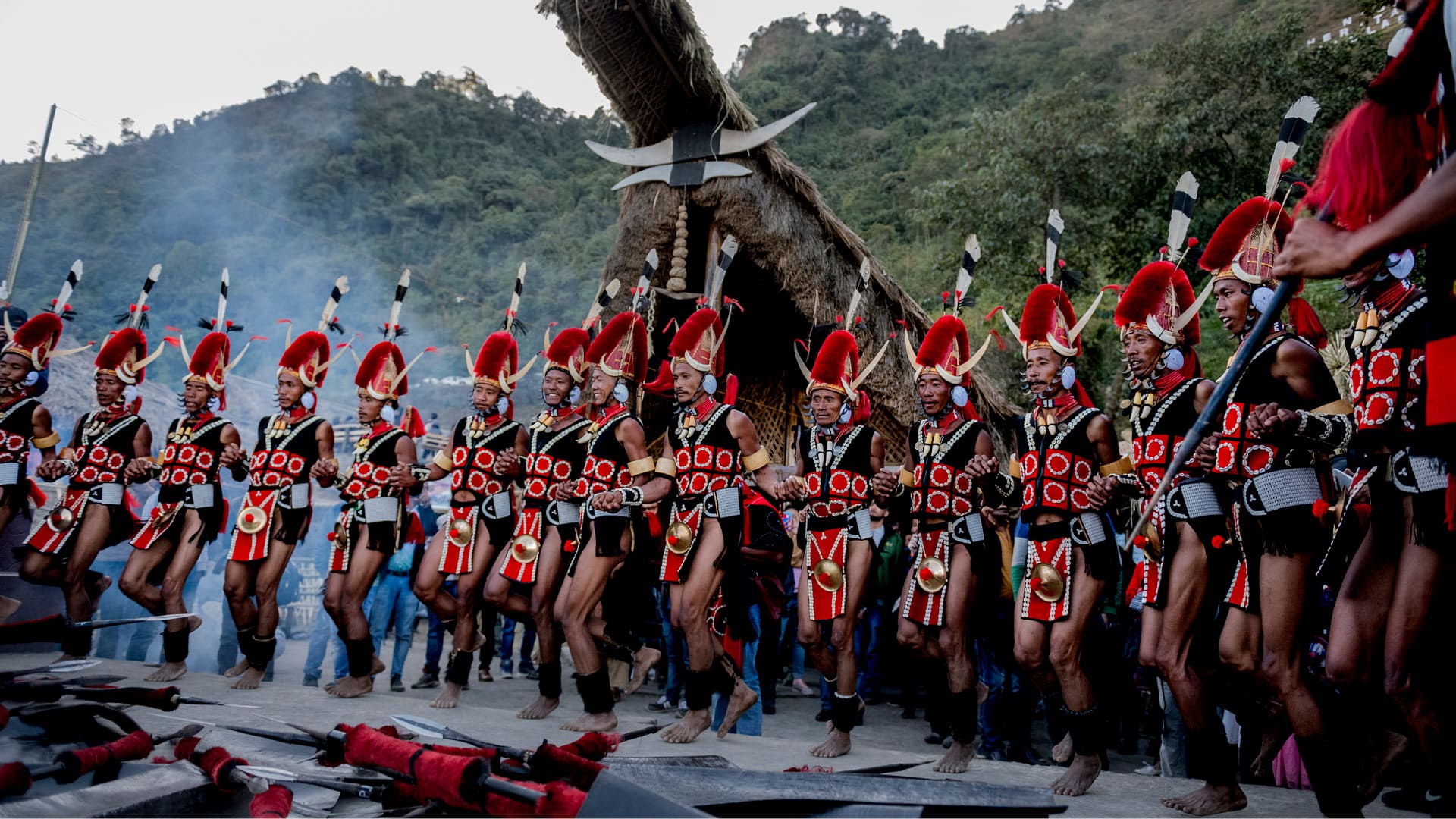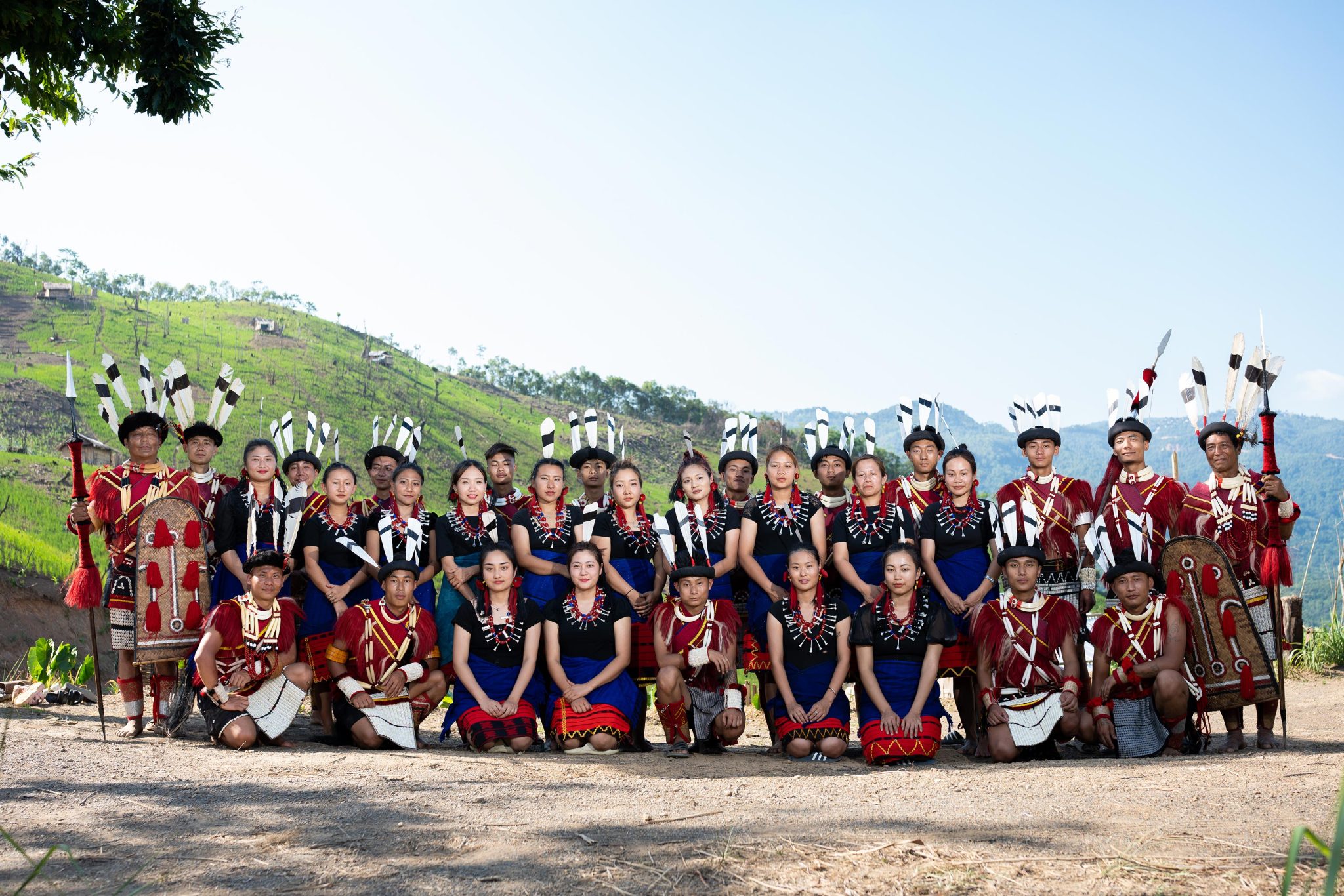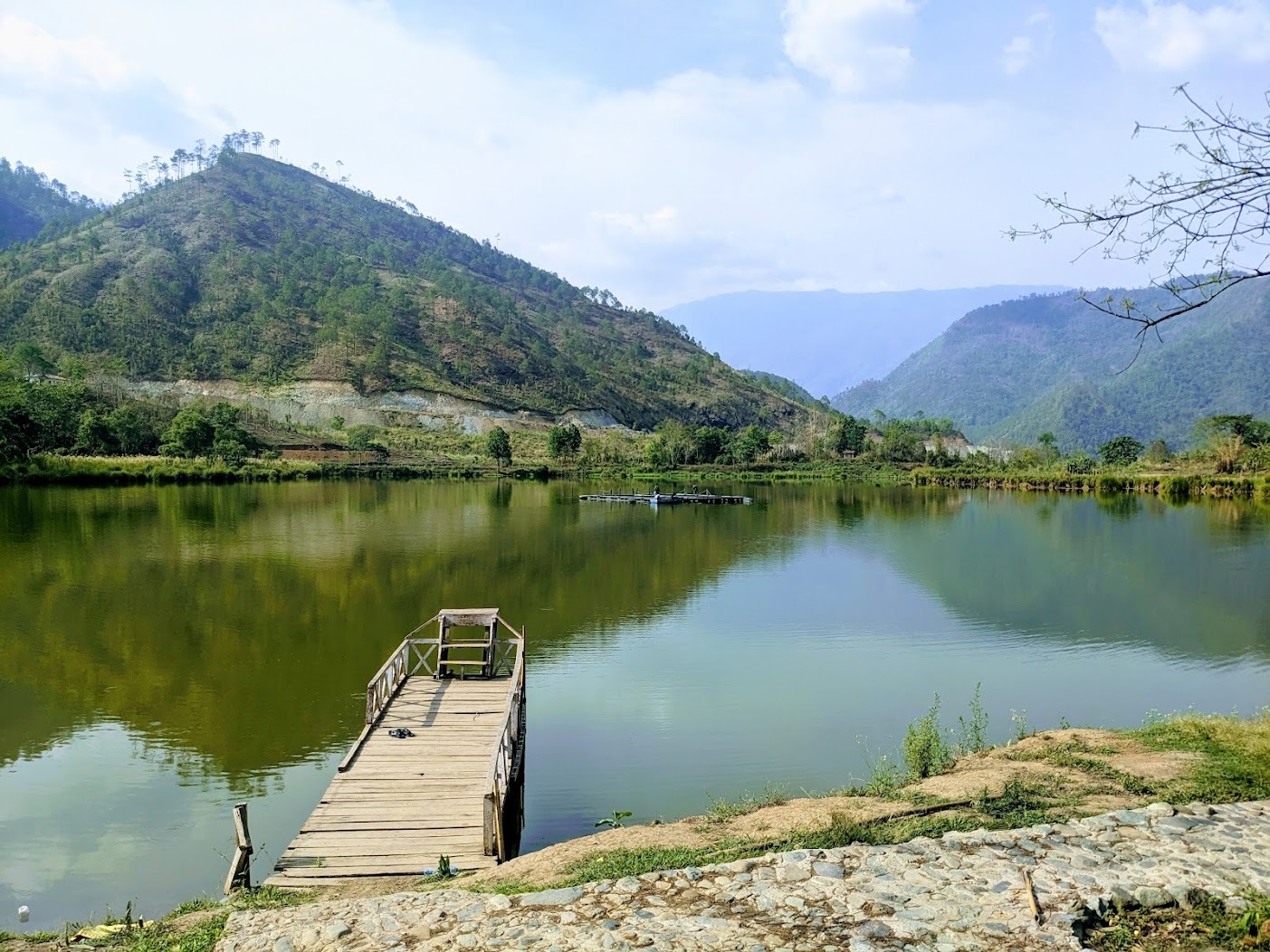Hornbill Festival of Nagaland
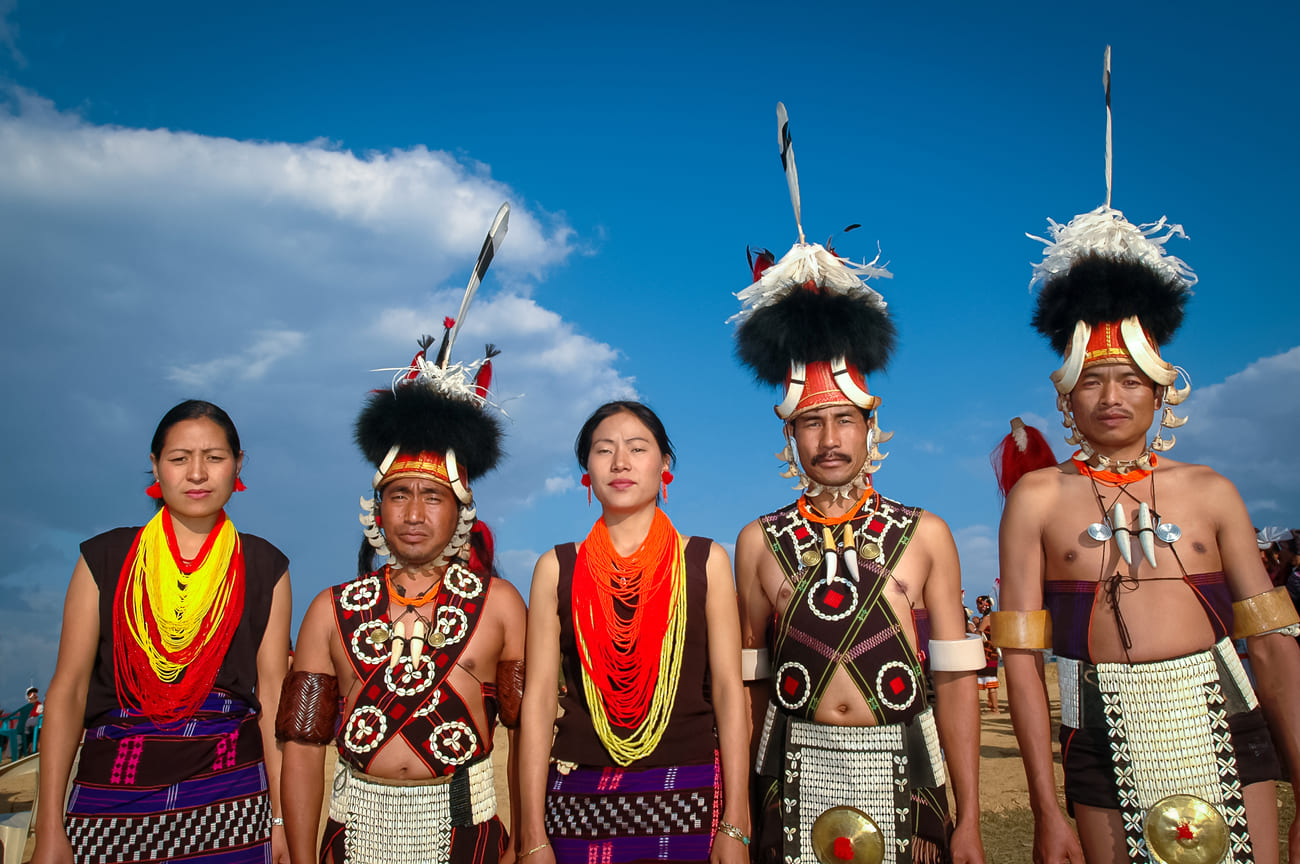
The Hornbill Festival, nestled in the lush hills of Nagaland, is more than just an event; it's a glimpse into the rich tribal heritage of Northeast India. Every year during the first week of December, all of the 17 major Naga tribes gather in a unique cultural event that turns the peaceful Kisama Heritage Village outside Kohima into a thriving center of dance, music, crafts, and community. It is also known as the "Festival of Festivals," highlighting the diversity, unity, and centuries-old traditions of Nagaland's indigenous people. It features everything from folk performances and warrior songs to handcrafted bamboo crafts and hot regional cuisine.
The Hornbill Festival's Spirit
This festival is a living representation of Naga pride, resilience, and identity rather than merely a cultural exhibition. This festival was first held in 2000 to unite all the tribes of Nagaland in a single location and allow the world to witness their unique cultural heritage. It has evolved into a renowned festival that attracts tourists, anthropologists, and cultural enthusiasts from around the world.
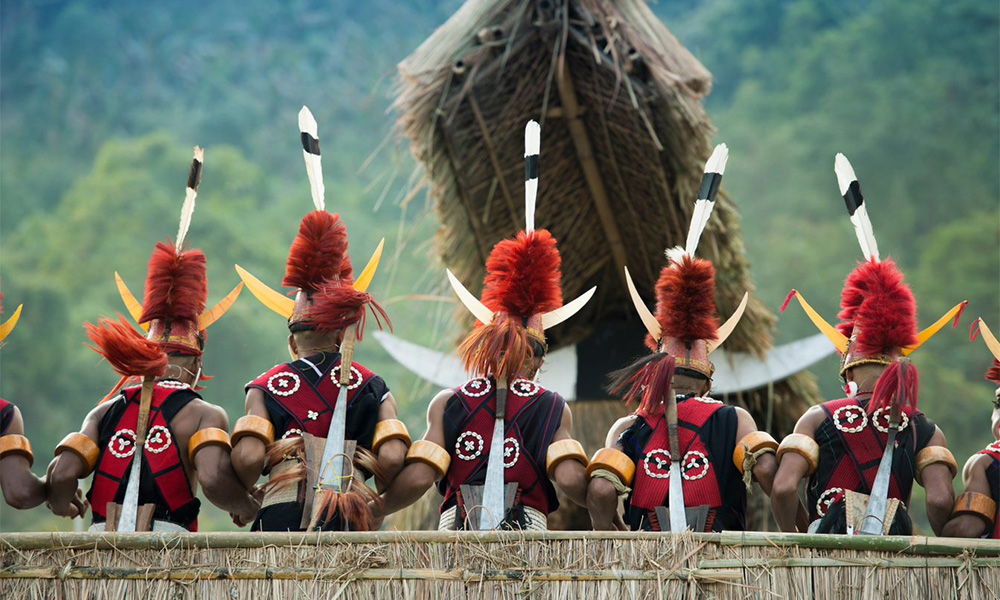 The festival takes place in the Kisama Heritage Village, provides a unique chance to experience ancient traditions, including tribal music, warrior dance performances, indigenous sports, handwoven crafts, and traditional cuisine. With every beat of the drum and every tale shared by the fire, you just don’t witness the culture; you become a part of it. It's an area where the past and present coexist, where culture is felt and experienced in the most profound ways possible.
The festival takes place in the Kisama Heritage Village, provides a unique chance to experience ancient traditions, including tribal music, warrior dance performances, indigenous sports, handwoven crafts, and traditional cuisine. With every beat of the drum and every tale shared by the fire, you just don’t witness the culture; you become a part of it. It's an area where the past and present coexist, where culture is felt and experienced in the most profound ways possible.
The event has great spiritual and ecological importance and is named after the Hornbill bird, which in Naga culture represents bravery, harmony, and reverence for nature. It's about lived culture, not simply about performances. Every tribe constructs its own Morung, or traditional dormitory hut, where guests can witness ancient crafts like beadwork, blacksmithing, and bamboo carving.
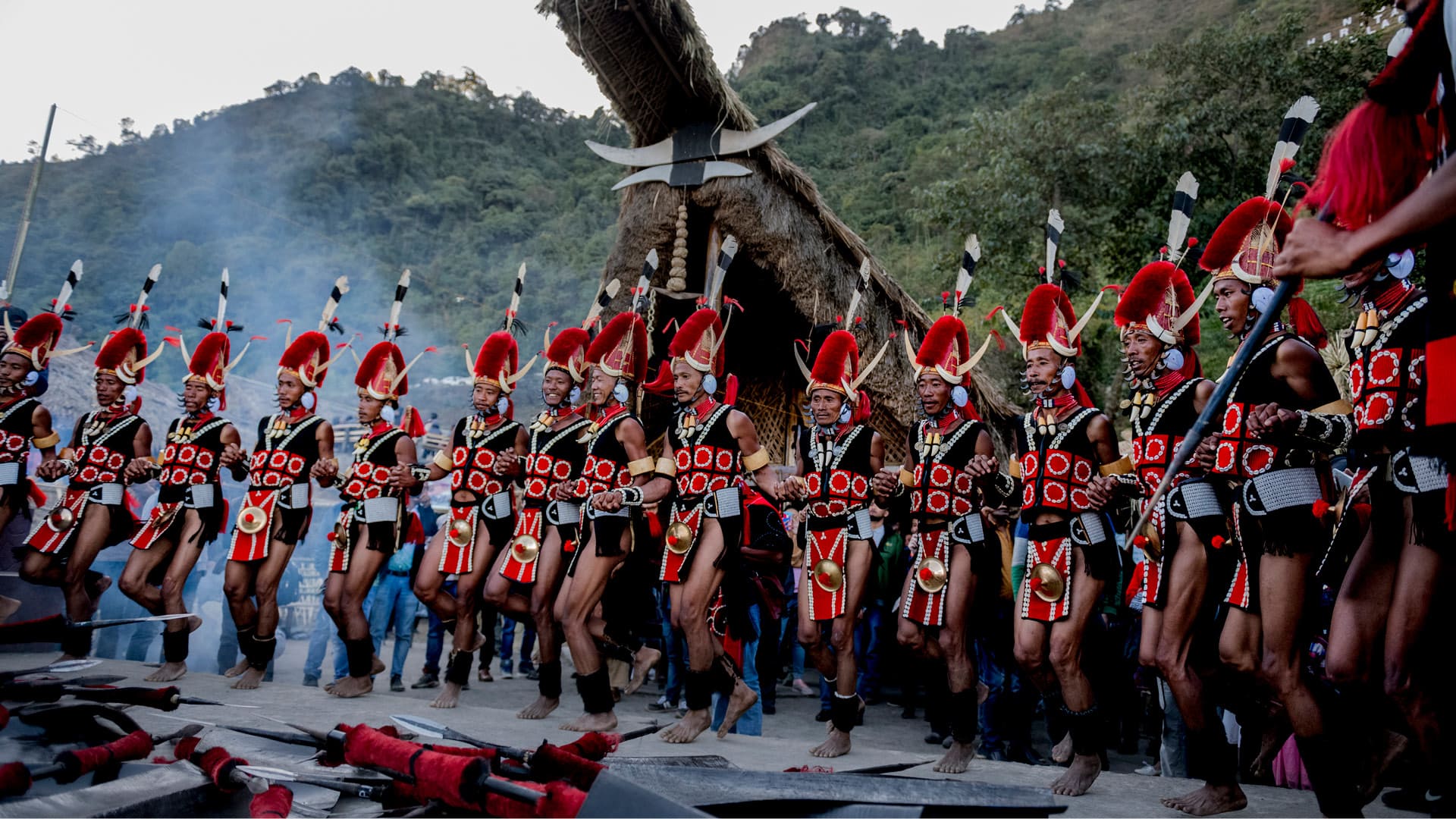 The festival serves as a reminder that diversity and togetherness are more than just catchphrases. The Hornbill Festival honors how various ethnicities live harmoniously, with respect and pride for one another, even as each tribe preserves its distinctive traditions. Younger generations are simultaneously given a stage that allows them to express themselves through art, fashion, and music, fusing contemporary inventiveness with conventional ideals.
The festival serves as a reminder that diversity and togetherness are more than just catchphrases. The Hornbill Festival honors how various ethnicities live harmoniously, with respect and pride for one another, even as each tribe preserves its distinctive traditions. Younger generations are simultaneously given a stage that allows them to express themselves through art, fashion, and music, fusing contemporary inventiveness with conventional ideals.
A Living Museum of Tribal Culture
 Exploring the Morungs, traditional Naga tribal homes constructed by each of the 17 major tribes, is one of the most exciting aspects of the Hornbill Festival. These are original cultural settings created by the people themselves, not copies or artwork from museums. You can enter these bamboo-and-thatch structures at the Kisama Heritage Village right away and experience the daily rhythm of tribal life. The environment is lively, interactive, and entirely spontaneous. It is a live cultural exchange in which you're living tradition with those who uphold it, rather than merely witnessing it. This immersive tribal experience is a must-see for tourists hoping to go beyond sightseeing and into something genuinely significant.
Exploring the Morungs, traditional Naga tribal homes constructed by each of the 17 major tribes, is one of the most exciting aspects of the Hornbill Festival. These are original cultural settings created by the people themselves, not copies or artwork from museums. You can enter these bamboo-and-thatch structures at the Kisama Heritage Village right away and experience the daily rhythm of tribal life. The environment is lively, interactive, and entirely spontaneous. It is a live cultural exchange in which you're living tradition with those who uphold it, rather than merely witnessing it. This immersive tribal experience is a must-see for tourists hoping to go beyond sightseeing and into something genuinely significant.
 What you can experience:
What you can experience:
Watch how tribal artists showcase their handloom, bamboo weaving, and wood carving skills.
Listen to folktales that have been passed down through the ages while sitting by a fire.
Experience traditional Naga wrestling or observe the usage of ceremonial weapons.
Enjoy traditional food prepared with centuries-old techniques.
Explore traditional clothing, jewellery, and tools; each has profound cultural significance.
Beyond the Tradition
Even while the Hornbill Festival has its roots in ancient customs, modern expression is encouraged there as well. Energy changes when the sun sets over Kohima's hills, and the festival becomes a vibrant celebration of fashion, food, music, and innovation. At the Hornbill International Rock Contest, one of India's largest venues for indie rock bands, the air is filled with electric guitar notes and an enthusiastic audience every night. The stage lights up with new artists from India and Southeast Asia, creating a haven for fans of live music.
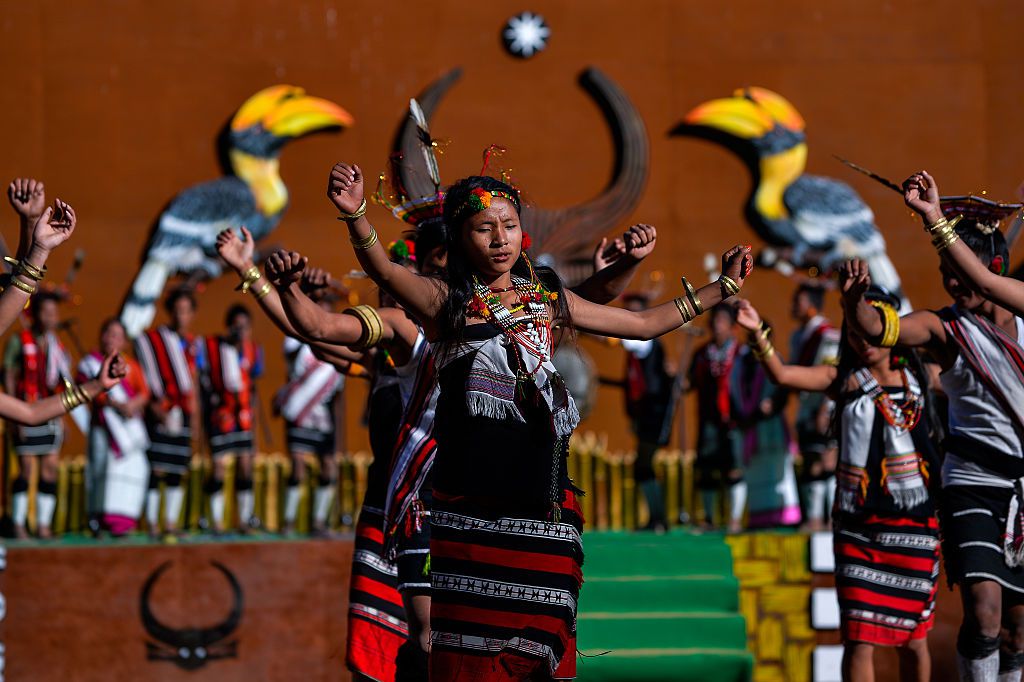 The festival offers a multi-sensory experience that goes beyond the performances:
The festival offers a multi-sensory experience that goes beyond the performances:
Fashion displays that showcase Northeast India's identity and style by fusing traditional patterns with modern designs.
Craft marketplaces and flea markets where you can purchase souvenirs, traditional Naga spears, baskets, fabrics, and handcrafted jewellery.
Adventure zones that enhance your cultural adventure with local sports tournaments, off-roading activities, and mountain bike paths.
How to Reach
The nearest airport is Dimapur Airport (DMU). It takes about 3 to 4 hours to get from Dimapur to Kohima by bus or taxi. The nearest railway station is Dimapur Railway Station. The festival site, Kisama Heritage Village, is located 12 kilometers from the Kohima city center, and Kohima is accessible by car via NH29.
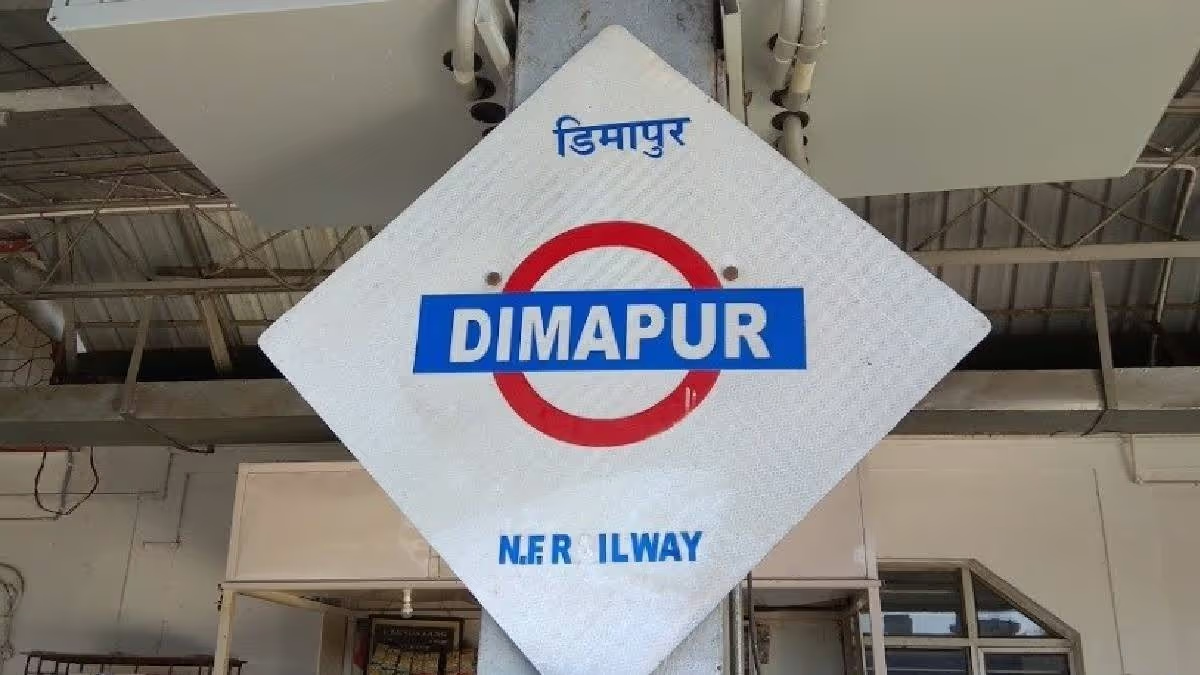 Where to Stay
Where to Stay
Accommodations for the Hornbill Festival include eco-lodges, guesthouses, and tent camps close to Kisama Heritage Village, as well as local home-stays in Kohima and neighbouring villages. You can also explore living with a local Naga family for a more immersive experience.
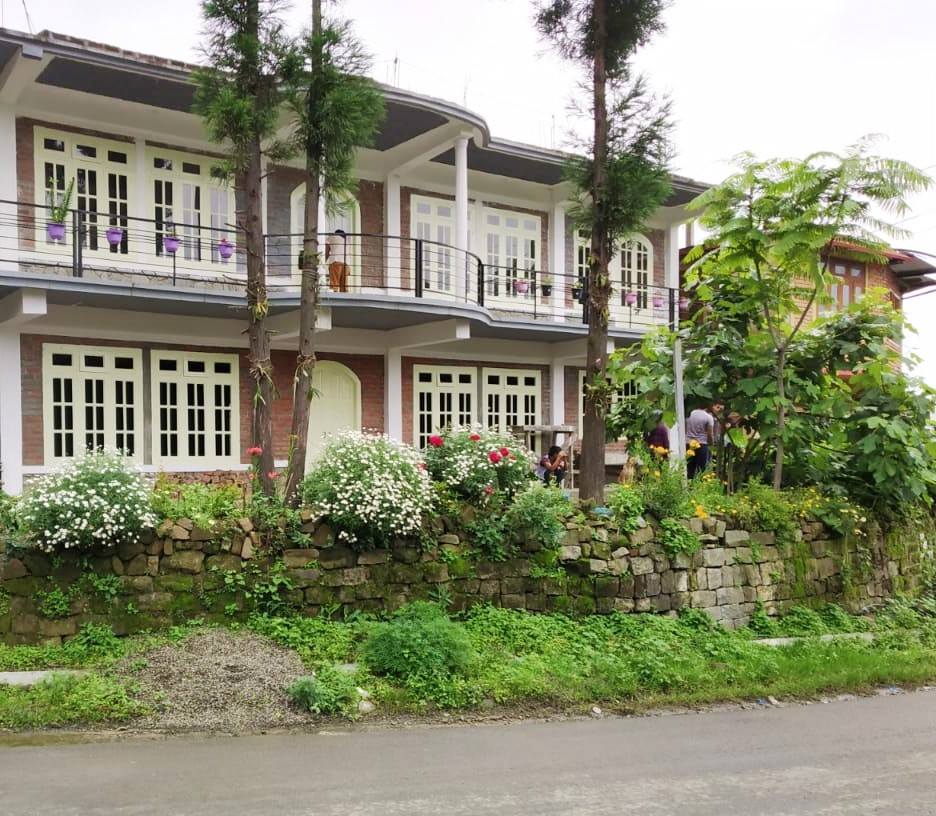 What to Pack for the Hornbill Festival
What to Pack for the Hornbill Festival
It might get cold at night in Nagaland in December, so pack a rain jacket and thick clothing just in case. For seeing the village and festival grounds, comfortable shoes are essential. The festival promotes sustainable practices. Don't forget to bring a reusable water bottle. Bring some cash because there aren't many ATMs in Kisama, and bring a camera or notebook to record all the amazing sights, tales, and acts.

